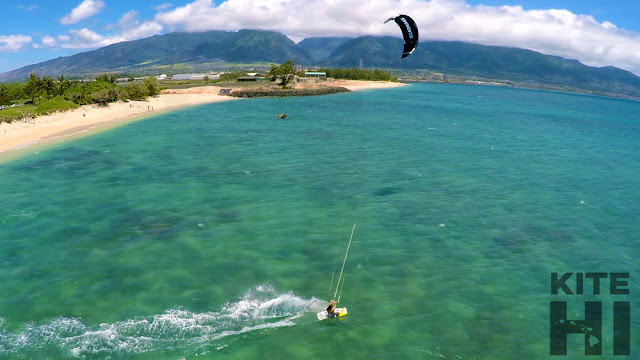WHY NOW To explore this compact wildlife wonderland before the rains descend
WHERE Community Baboon Sanctuary
DATES - December to May - In Belize black howler monkeys are known as baboons, and the Community Baboon Sanctuary, 40km outside capital Belize City, is the only area established entirely for their conservation. It’s a community-based initiative, located in the village of Bermudian Landing. Landowners pledge to voluntarily manage their land in a monkey-friendly fashion, creating corridors for howlers. The scheme has spread to surrounding villages, resulting in the densest concentration of howlers found anywhere: up to 250 individuals per hectare.
This density of monkeys makes for a particularly vocal population. When you hear their deafening calls resonating through the forest, you’ll quickly understand how they got their name. Although these howler monkeys are endangered due to habitat loss, and hunting. But thankfully, Belize still has a sufficient population of the loudest of primates. The Howler monkeys preferred to like vegetables and their diet consists of flowers, leaves, and fruits. Source - Charismatic Planet











